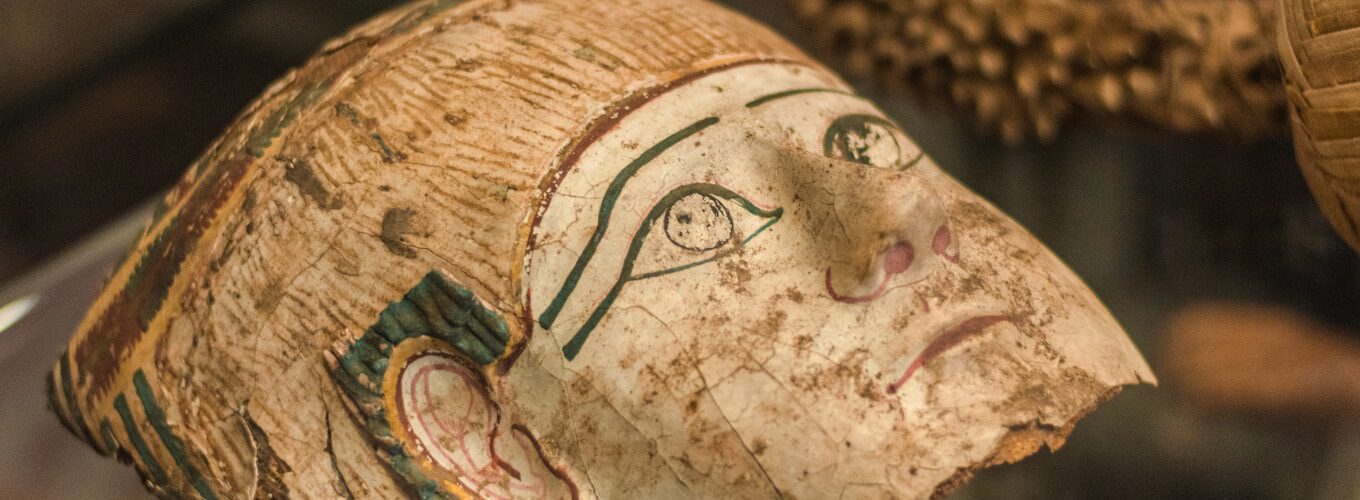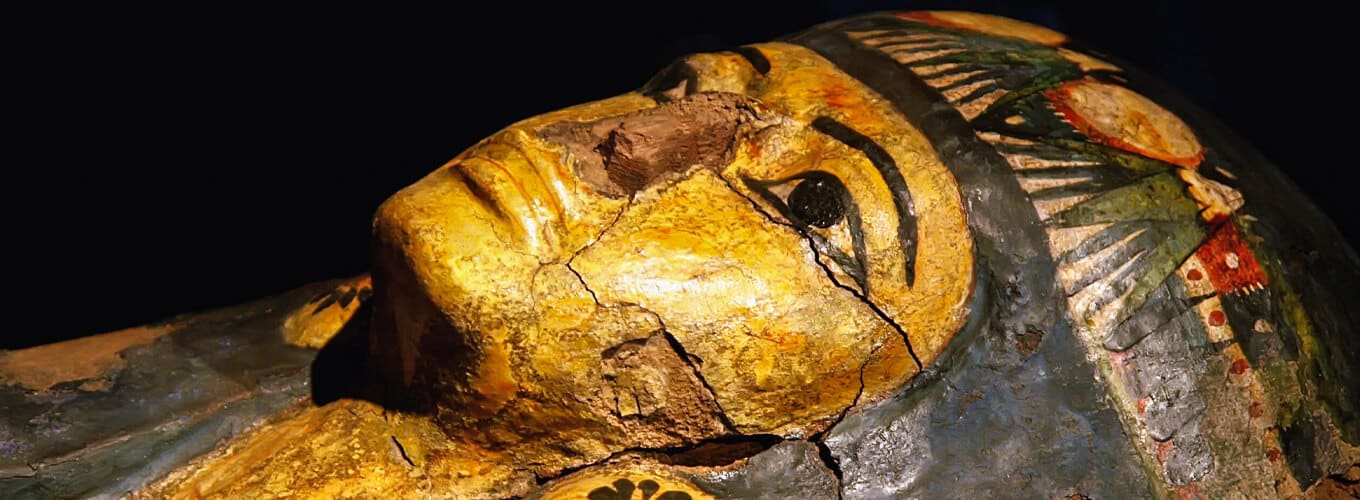The Golden Mummies Museum is a unique and fascinating place to visit. It’s one of the most famous museums in Egypt; it houses some of the most impressive ancient artifacts you’ll find anywhere in Egypt.
The museum was established by Dr. Zahi Hawass (the former head of antiquities) to preserve and display these treasures from Bahariya Oasis. The area has been inhabited since prehistoric times, but its golden age was during Greco-Roman times when people began mining gold there–hence why it’s called “golden.”
Experience the grandeur of Egypt with our Luxury Egypt Tours. Secure your spot for an opulent travel experience!

History of the Museum
The Golden Mummies Museum is a fascinating place to visit, but it wasn’t always this way. After years of being forgotten and neglected by the Egyptian government, it only became a tourist attraction.
This museum began with an archaeological expedition in 1898 led by English archaeologist William Matthew Flinders Petrie (1853-1942).
While excavating at Bahariya Oasis in Upper Egypt near Abu Simbel, Petrie found several mummies buried under dunes for thousands of years. These mummies were wrapped in linen cloths decorated with gold foil. They painted scenes from daily life and religious rituals performed during their lifetime–a style known today as “Fayoum Portrait Painting.”
Highlights of the Museum

The Golden Mummies Museum at Bahariya Oasis is a place of wonder and mystery where visitors can expect to see some of the most exciting and unique artifacts from ancient Egypt.
The museum houses mummies dating between 300 BC and 100 AD, including several well-preserved bodies discovered in tombs near Deir al-Bahariya.
The most famous mummy at this museum is that of an infant girl named Amunet, who lived during the Ptolemaic period (305 BC – 30 BC). Her remains were found inside a wooden coffin with gold leaf lining on its exterior surface.
The other notable exhibit here is “King Tutankhamun’s Tomb”–though it isn’t his tomb! Instead, it was built by Howard Carter after discovering King Tut’s tomb in 1922 CE; he used pieces from other royal burials within The Valley Of Kings at Luxor so that visitors could see what they looked like before excavation began on those sites too!


